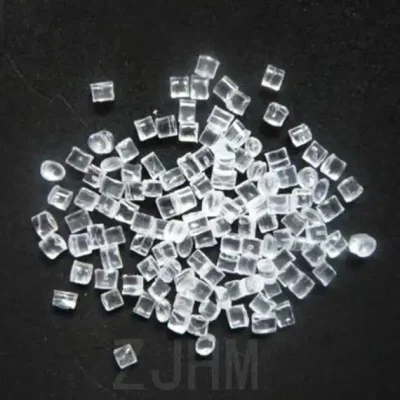-
Categories
-
Pharmaceutical Intermediates
-
Active Pharmaceutical Ingredients
-
Food Additives
- Industrial Coatings
- Agrochemicals
- Dyes and Pigments
- Surfactant
- Flavors and Fragrances
- Chemical Reagents
- Catalyst and Auxiliary
- Natural Products
- Inorganic Chemistry
-
Organic Chemistry
-
Biochemical Engineering
- Analytical Chemistry
-
Cosmetic Ingredient
- Water Treatment Chemical
-
Pharmaceutical Intermediates
Promotion
ECHEMI Mall
Wholesale
Weekly Price
Exhibition
News
-
Trade Service
The nanotechnology research team at Central Florida University has found a way to
replace traditional batteries.
Professor Jayan Thomas and his students have developed a technique in which they cover wires with a sheath made of alloy nanowhiskers, which becomes one of
the electrodes that make up the supercapacitor.
The researchers then added a second nanowhisker sleeve as a second electrode, and a thin plastic layer was added between the two nanowhisker sleeves, thus constituting a complete capacitor
.
The inner copper core of the wire still retains the ability to conduct current, only now also increases the ability to
store energy.
Dr Thomas said the reduction in size and weight could benefit the development
of electric vehicles, especially space vehicles.
And the smaller version can be used for smartphones and other personal accessories
.
So far, the team has been working on this wire, but they claim that the technology may also be applied to fiber cloth, so that you can potentially make clothes that produce energy
.
Dr Thomas added: "I just hope that all of these supercapacitors don't lose their ability to hold charge as they age, because it would be very bad
if they needed to be replaced after hundreds of charge cycles.
" Because replacing them may not be as easy as replacing traditional batteries, it may be very inconvenient
.
”
The nanotechnology research team at Central Florida University has found a way to
replace traditional batteries.
Professor Jayan Thomas and his students have developed a technique in which they cover wires with a sheath made of alloy nanowhiskers, which becomes one of
the electrodes that make up the supercapacitor.
The researchers then added a second nanowhisker sleeve as a second electrode, and a thin plastic layer was added between the two nanowhisker sleeves, thus constituting a complete capacitor
.
The inner copper core of the wire still retains the ability to conduct current, only now also increases the ability to
store energy.
Dr Thomas said the reduction in size and weight could benefit the development
of electric vehicles, especially space vehicles.
And the smaller version can be used for smartphones and other personal accessories
.
So far, the team has been working on this wire, but they claim that the technology may also be applied to fiber cloth, so that you can potentially make clothes that produce energy
.
Dr Thomas added: "I just hope that all of these supercapacitors don't lose their ability to hold charge as they age, because it would be very bad
if they needed to be replaced after hundreds of charge cycles.
" Because replacing them may not be as easy as replacing traditional batteries, it may be very inconvenient
.
”







